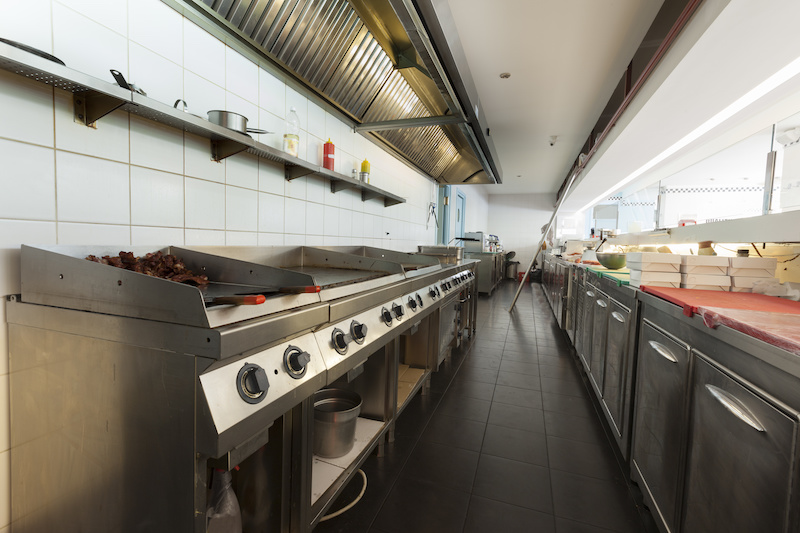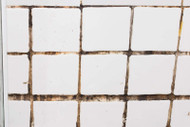Top 10 Reasons to Use FRP Instead of Tile in a Commercial Kitchen
Feb 19th 2018
Most commercial kitchens inside restaurants use a mixture of FRP, stainless steel wall panels and tile. Some concepts, however, put up tile where FRP could be an option. Sometimes architectural drawings will specify tile, but the owner makes a smart choice by requesting FRP instead. Other times an owner will put tile where FRP is specified. We may be biased, but if you’re looking to save time and money, always go with FRP. A lot has changed in the last 5-10 years and decorative paneling is even chosen for front of the house.

- Whereas FRP is mold, rot and mildew resistant, tile has grout which must be sealed and can get very dirty. Fiberglass reinforced panels are easy to wipe down. The resin-rich fibers and glass-break texture help make it resistant to wear.
- Tile can be very labor intensive depending on the type of tile chosen. Labor to install tile is often cost prohibitive when choosing between fiberglass reinforced paneling and tile. FRP has come a long way aesthetically over the years. Marlite Symmetrix FRP would be a great option for someone looking for a tile look.
- If installed improperly, tiles can easily pop off walls in commercial kitchens. Heat and moisture are better shielded by a solid sheet of FRP. FRP expands and contracts with temperature and is designed with maximum flexibility. This is a great attribute to have when it comes to wall covering.
- FRP is much more cost effective to purchase and install when compared to tile. Although FRP has to be installed by a professional skilled tradesman, it is installed several feet at a time rather than in tiny pieces like tile.
- Because harsh cleaners are often used in restaurants, the chemical resistance aspect of FRP is a definite benefit over tile. Harsh cleaners can strip tile and grout of sealants.
- FRP can be installed over almost any solid surface, and it’s flexibility and expansion components make prep work much easier than tile.
- FRP is often considered more sanitary that tile because moisture and mildew can get caught in the grout lines.
- If a restaurant is in business for decades, fresh FRP can be installed over the existing FRP if the correct FRP adhesive is applied. Tile almost always has to be removed and a fresh substrate installed.
- FRP is impact resistant. In restaurants, often times wait staff, kitchen staff, and other employees are in a hurry. This can result in inadvertently throwing things here and there. The last thing an owner wants is for one new tile to be installed because it shattered. Not only would that scenario be costly, it would also not look great to have one new tile when the others are years old.
- Fire rated. If safety is a concern for the owner, a Class A, fire rated product may be optimal. You can find more about flame spread in the FAQ section of our site.


